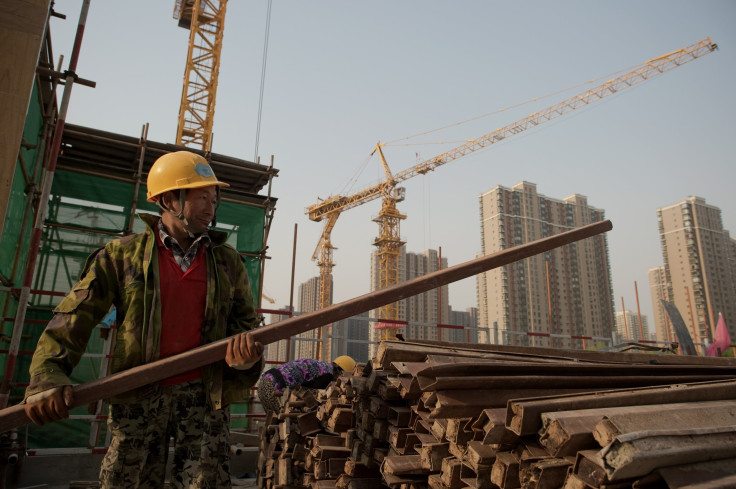China’s GDP Growth Slows To 6.7% in Q1, But Economists See Signs Of Stabilization

SHANGHAI -- China’s economy grew by 6.7 percent in the first quarter of the year, its slowest rate since 2009 – but well above the 6.5 percent the government had set as the minimum target for the year. Combined with other recent data, economists said the figure, which was in line with market estimates, showed signs of a stabilization in the world’s second-largest economy.
China’s National Bureau of Statistics (NBS) said that while growth slowed from 6.8 percent in the final quarter of last year (and 6.9 per cent for 2015 overall), the data suggested the economy had started to “stabilize and [make] progress.”
Tertiary industry remained a key driver, rising 7.6 percent year on year, and retail sales, another key area, rose 10.5 percent, slightly above market estimates.
But Raymond Yeung, senior China economist at ANZ, said the data also showed an “encouraging” rebound in industrial production in March, suggesting a "stabilization of the ‘old economy’." Factory output rose to 6.8 percent in March, well above the average of 5.9 predicted by many analysts.
This follows an uptick in China’s manufacturing PMI data last month, and better-than-expected trade figures released earlier this week, which showed China’s exports increasing 11.5 percent in dollar terms year on year in March, the first monthly rise since June last year.
China’s outbound investment also surged in the first quarter, growing 55 percent to just over $40 billion.
Analysts say China's economy has been boosted by a revival in the property sector in recent months, with an increase in government-led infrastructure spending also helping to stabilize growth.
The NBS said that fixed-asset investment grew by 10.7 percent in March, compared to 10 percent in 2015 and 10.2 percent in the first two months of the year.
But Chinese officials acknowledged this week that global demand remains weak, and the structure of China’s exports needs adjusting.
And many analysts remain cautious about the signs of a recovery.
Chen Xingdong, chief China economist at BNP Paribas, said this week that while “fears about a China hard landing should be over,” there were concerns that in its desire to boost growth, Beijing would put more emphasis on infrastructure spending and fiscal stimulus than on the structural reforms many experts say are required to maintain the health of China's economy in the long term.
“It is an old path of growth,” Chen told Hong Kong’s South China Morning Post. “China is on the old path again because it can’t find a new one.”
Observers have warned that China is still grappling with industrial overcapacity resulting from a massive stimulus package and cheap lending following the global financial crisis in 2008.
Last month China again reduced the reserve requirement ratio for state banks, in an attempt to encourage lending — and it has also cut interest rates six times in the past year and a half. But the government says it is keeping stimulus within a reasonable range, and has pledged to rein in lending to industries already burdened with overcapacity.
The government has also sought to promote a shift away from low-value added manufacturing toward hi-tech industry, with a greater emphasis on innovation and internet-related services.
The NBS said that China's online sales of goods and services rose 27.8 percent year-on-year in the first quarter, to around $157.7 billion. Bloomberg analysts also noted promising signs in China's new economy.
Some economists have questioned the accuracy of China’s GDP data, but the government this week defended the credibility of its figures. Many observers say the data gives at least a glimpse of the direction in which the economy is moving.
Earlier this week, in a sign that international perceptions are also relatively positive, the International Monetary Fund raised its own forecast for China’s growth this year, by 0.2 percentage points to 6.5 percent.
© Copyright IBTimes 2025. All rights reserved.






















